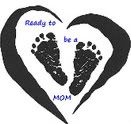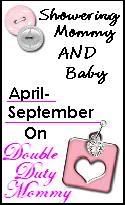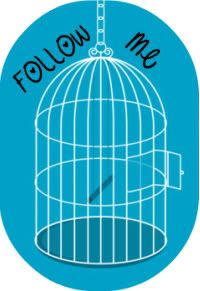Here is some more information from babycenter.com about clogged/blocked milk ducts:
What are they?
Clogged or plugged milk ducts are just what they sound like — ducts that have become blocked, inflamed, and sore.The first sign of a plugged duct may be a small, hard lump that's sore to the touch, or a very tender spot in your breast. Some women also notice redness on their breast. You might also feel achy, run down, and feverish, which could be a sign that your clogged duct has become infected.
What causes them?
Ducts become plugged when milk fails to drain completely. This can happen because of a poorly fitted nursing bra, incomplete or skipped feedings, an inadequate pump, an illness such as a cold, stress brought on by the holidays or work, or simply out of the blue. Left untreated, a plugged duct can evolve into a full-blown breast infection known as mastitis, so don't ignore the symptoms.What should I do?
Nurse, nurse, nurse! Frequent nursing is crucial to completely empty the breast, for comfort and to reduce inflammation.Experts also recommend that you massage the sore area frequently and firmly, starting at the top of the breast and working your way toward the nipple. Applying warm compresses before nursing can help empty the breast.
Vary your nursing position. For example, if you use the cradle hold, try the football hold or nurse lying down. Also, many women swear by this trick: Position the baby at your breast with his chin pointed toward the sore spot. This directs suction at the plugged duct and seems to promote healing.
Some women also report success using herbal remedies such as echinacea, lecithin, and vitamin C. Taking ibuprofen may help relieve pain and inflammation, but ask your doctor first.
Next to nursing, the most important thing is rest. This may seem difficult or impossible with a baby to care for, especially if you have other children, but it's an important element of recovery. To get a bit more shut-eye, consider keeping your baby with you in bed. Put a stash of things you'll need nearby, such as diapers, toys, books, and drinks, to minimize trips out of bed. If possible, ask someone to help you for a few hours a day so you can get some sleep.
To help prevent future plugged ducts, avoid long stretches between feedings. A poorly fitting or constrictive bra may also contribute to plugged ducts, so buy nursing bras that really fit.
Will they affect my baby?
Sometimes your milk flow on the affected side is slower than usual and your baby may become fussy when nursing on that breast.Can I still nurse?
Yes. The antibacterial properties of human milk keep your baby safe from bacteria that may be present as the result of an infection.
What if home remedies don't work?
If you have a fever after 24 hours and continue to feel pain after trying rest, heat, massage, and frequent nursing, you should visit your healthcare provider. You may have an infection and need medication.


































That sounds spectacularly unpleasant. Oh, motherhood. It's so glamorous, isn't it?
ReplyDelete